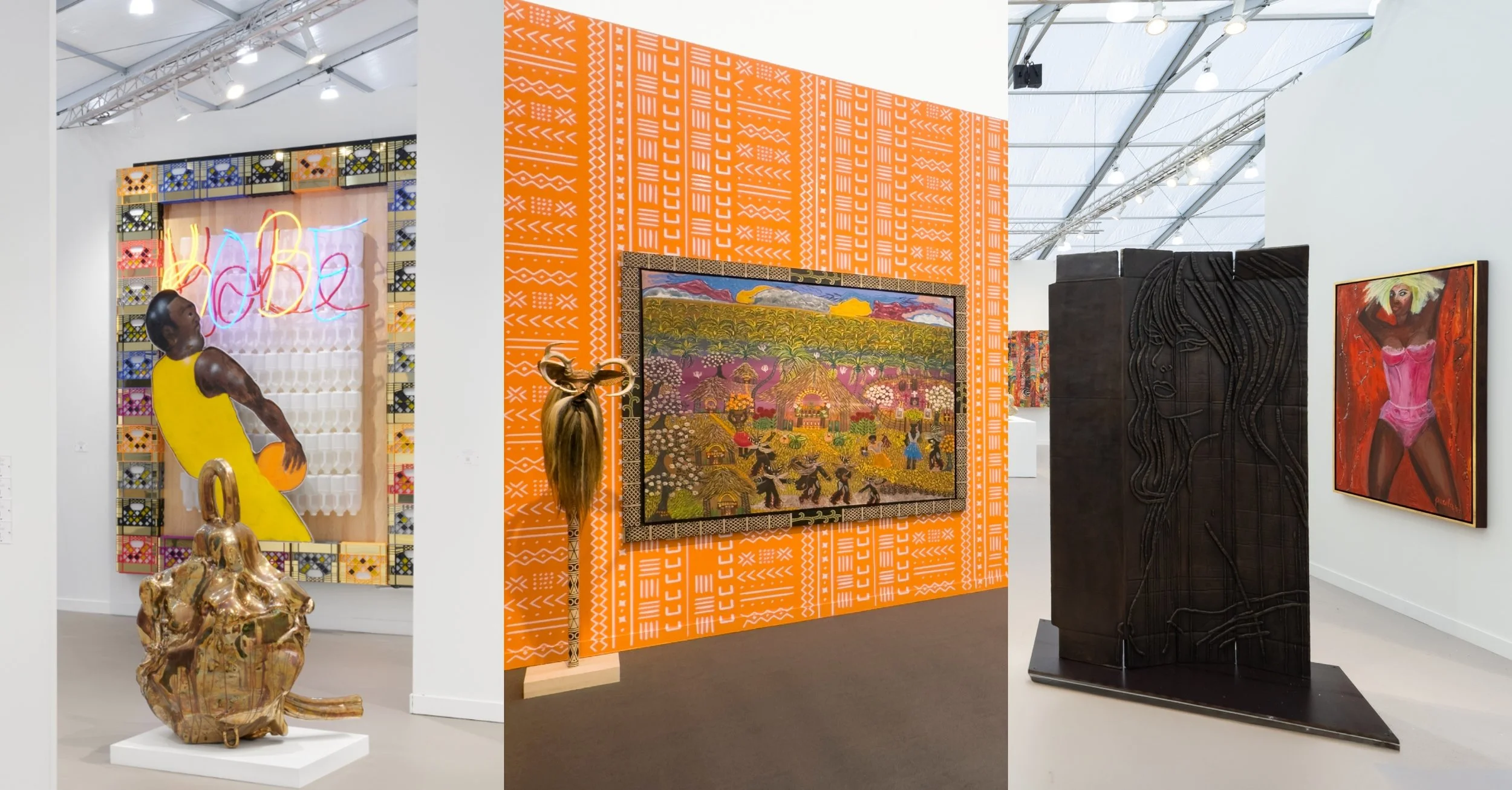Ari Emanuel Buys Frieze: What It Means for the Art World (and Why It Matters Now)
Image: Entrance to Frieze Art Fair, Regent’s Park, London.
Photo: Frieze / Courtesy of Deutsche Bank (Main Sponsor)
The Deal That Could Reshape the Art Fair Landscape
On May 1st, Endeavor—fresh off its $13 billion privatization—announced it was selling Frieze, one of the world’s premiere art fair groups. The buyer? Ari Emanuel, Endeavor’s own CEO, stepping away to personally acquire the brand and form a new company around it.
Frieze is no ordinary cultural asset. It’s one of the most visible, profitable, and media-savvy players in the global art market. And with Emanuel stepping in personally to acquire the brand, this isn’t just an investment move—it’s a signal.
“Frieze has always been a source of inspiration for me — both professionally and personally,” Emanuel said in a statement quoted by The New York Times. “Having worked with the team for nearly a decade, I’ve seen firsthand the strength of their community and the ambition driving their mission.”
(Source: Zachary Small, NYT, May 1, 2025)
It’s a signal that art, entertainment, and commerce are no longer parallel industries. They’re converging—fast.
Why This Matters: A Shift in Art World Power
The acquisition brings seven major international fairs under one roof—including Frieze New York, Frieze LA, Frieze Seoul, The Armory Show, and EXPO Chicago—alongside Frieze magazine.
That concentration of influence positions Frieze as not just an art fair company, but a global cultural platform capable of dictating taste, discovery, and attention. In a market where global art sales dropped 12% year-over-year, according to Art Basel & UBS, such consolidation could be a stabilizing force—or a major pivot point.
Some feared a sale to outside tech or finance buyers might disrupt the fragile gallery ecosystem. Instead, Emanuel's long-standing connection to Frieze (Endeavor first took a stake in 2016 before gaining full ownership in 2023) is being read by many as a reassurance.
“This is a stabilizing buyer,” said Alexander Gray, a Manhattan gallerist who also sits on the selection committee for Frieze London. “This is not the market climate for any disruption.”
(NYT, May 1, 2025)
Image: Installation views from Frieze Los Angeles 2024.
Photo: Frieze / Participating Galleries
Emanuel’s Vision: Art as Media, Not Just Market
Emanuel isn’t just any CEO. As the executive chairman of WME (formerly William Morris Endeavor) and the architect behind the merger with IMG and UFC, he’s repeatedly proven that media, sport, and entertainment can be packaged—and scaled.
His involvement in Frieze could signal the next wave of media-driven collecting: think art docuseries, live-streamed fair access, deeper celebrity crossover, and brand integration in ways we’ve only begun to see. Frieze is already seen as the most press-forward, Instagram-friendly, and brand-partnered of the major fairs.
The deal also includes Frieze magazine and its digital platform, ensuring Emanuel’s control spans both event and editorial narratives.
Image: Frieze London interior. A signature feature of Frieze’s atmosphere is its carefully curated environment.
Photo: Aluhal Structures / Frieze Art Fair
What to Watch Next
Increased commercial partnerships — Watch for more brand activations, sponsored programming, and product collaborations.
Expanded content output — With control over Frieze’s editorial platform, Emanuel could integrate art coverage more deeply into pop culture and mainstream channels.
Growth into underdeveloped markets — With LA, Seoul, and New York secure, could the next Frieze event land in the Middle East? India? South America?
Image: Ari Emanuel, CEO and new owner of Frieze.
Photo: Getty / Editorial use only
Closing Thoughts
Art fairs have always operated at the intersection of culture, commerce, and community. With Ari Emanuel stepping in, that intersection just got more focused—and far more media-savvy. For now, the consensus among collectors and gallerists is one of cautious optimism: Frieze’s leadership remains intact, the platform is stable, and the potential for reinvention is real. What comes next could redefine what an art fair even is.




